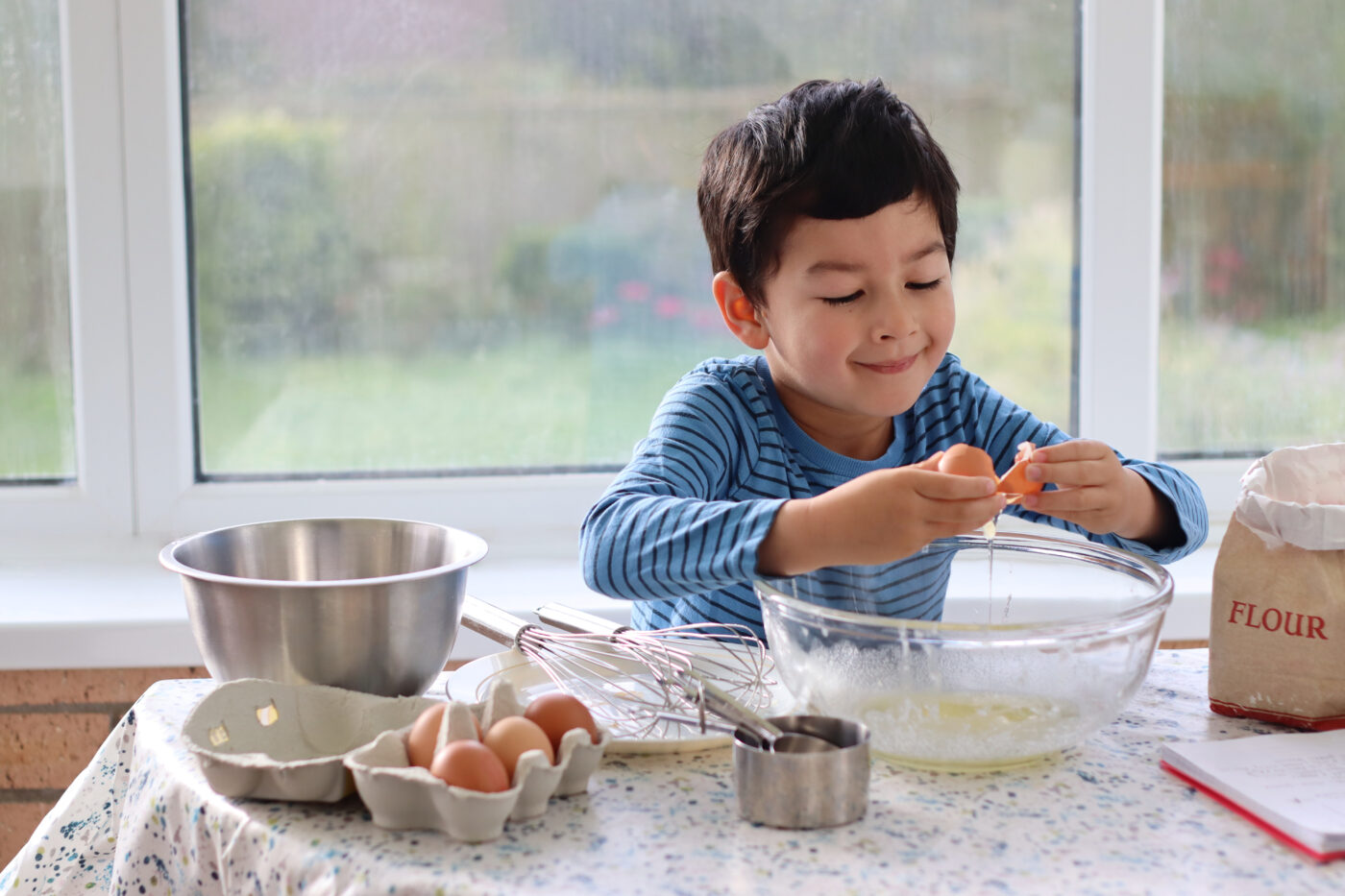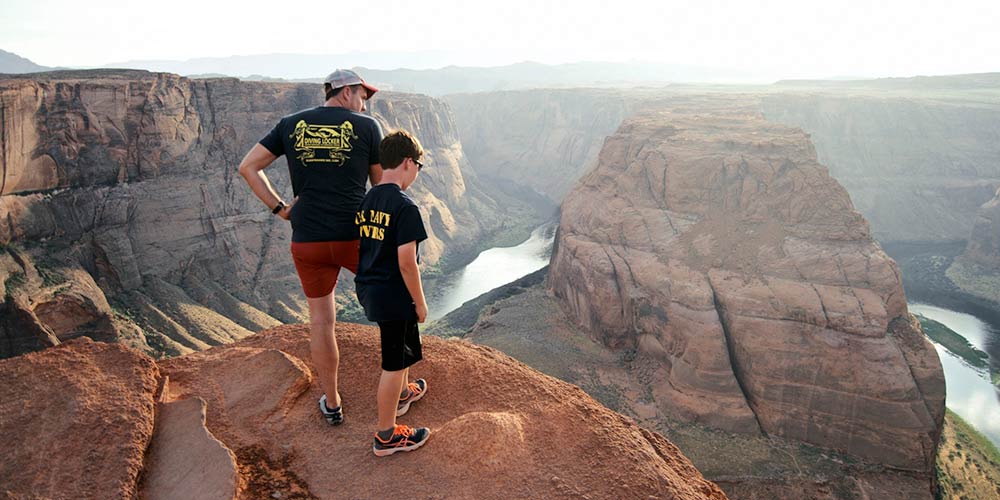My son came out of his bedroom one Saturday morning with an unexpected request. “Can I make a fire and cook breakfast outside?” I’m sure my eyebrows raised a bit. We can make toast in the kitchen. Is it really necessary to rub sticks together to prepare a meal in the back yard? My first inclination was to say no, but I nodded, and he ran off to find his flint and pocketknife. A few minutes later, he’d gathered sticks, cut up ham, and was browning breakfast in a skillet over the firepit outside. He served us food on the porch, and we had a great morning.
I’m glad I didn’t let my adult rigidity squash his innate childhood urge to experiment and try something new. A Disney poll suggests most kids’ “sense of wonder” starts to decline before age 10. I don’t want that to be the case for my kids. Wonder and curiosity are gifts to be nurtured, not stages to outgrow. Here are 6 threats to your kids’ curiosity.
1. You
What would have happened if I told my son he couldn’t cook us breakfast outdoors? We would have eaten sooner, but my son would have been robbed of learning by doing and loving by serving. We stifle kids’ natural curiosity when we insist on doing things the quickest way or doing them ourselves. Resist the urge to flex your already-developed brain. Kids are curious. Let them learn, even if it takes longer.
2. Friends
I believe God created us to live life to the fullest. That means perpetually seeing, touching, tasting, and trying new things. This will be easier for your kids if they surround themselves with like-minded people. Encourage your children to make friends with people who are equally excited to live life to the fullest.
3. School
I have one child who could read for hours and another who only wants to build stuff. It can be tough for teachers to engage multiple learning styles at the same time in the classroom. What happens if your kid feels left out? School should be about maximizing the students’ learning experience, not trying to get all minds to work the same way. A disengaged student is in danger of losing her curiosity. Keep an open dialogue with your kids’ teachers. Encourage your students to do their best, and ask lots of questions.
4. Routine
Structure is good for kids, but routines can become rigid. Break out of the same old, same old by building some “nothing time” into your kids’ day. What do I mean? Give them time to explore and apply what they already know. This helps them grow in maturity. If they don’t love it at first, remember that boredom isn’t your enemy.
5. Stimulation
I saw an illustration recently of two children sitting side by side. One was watching TV. The other was reading a book. The kid staring at the screen had an empty thought bubble over his head. The girl flipping pages had animals, spaceships, and more adventurous symbols running across her mind. Engage your kids’ curious side by encouraging active play and lessen the mindless stimulation provided by digital devices like TV, tablets, and video games.
6. Safety
I don’t recommend letting your child do backflips off a bridge just because he’s curious. But, I also don’t think covering kids in bubble wrap is good, either. Find a middle ground. There is a story in Exodus 3 about Moses seeing a burning bush. Instead of running away, he walks to it and sees that it’s not devoured by the flames. I want my kids not to fear what they don’t know but to investigate and learn. That interaction brought Moses closer to God and eventually led him to free an entire nation from slavery. Monitored risk can be good. Unless kids try new things, they will stay inside their comfort zones, where they aren’t going to grow.
Sound off: How can you foster an environment of curious exploration for your kids?











Huddle up with your kids and ask, “What are you most curious about?”